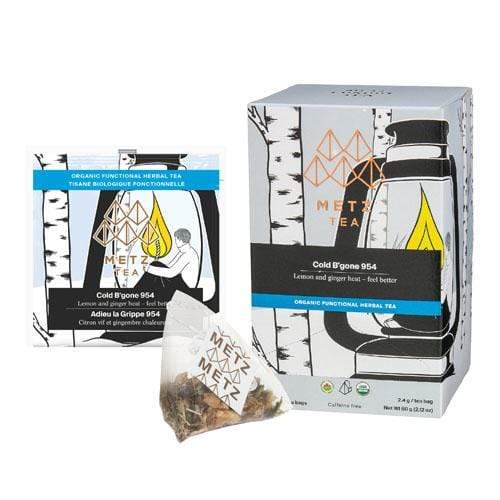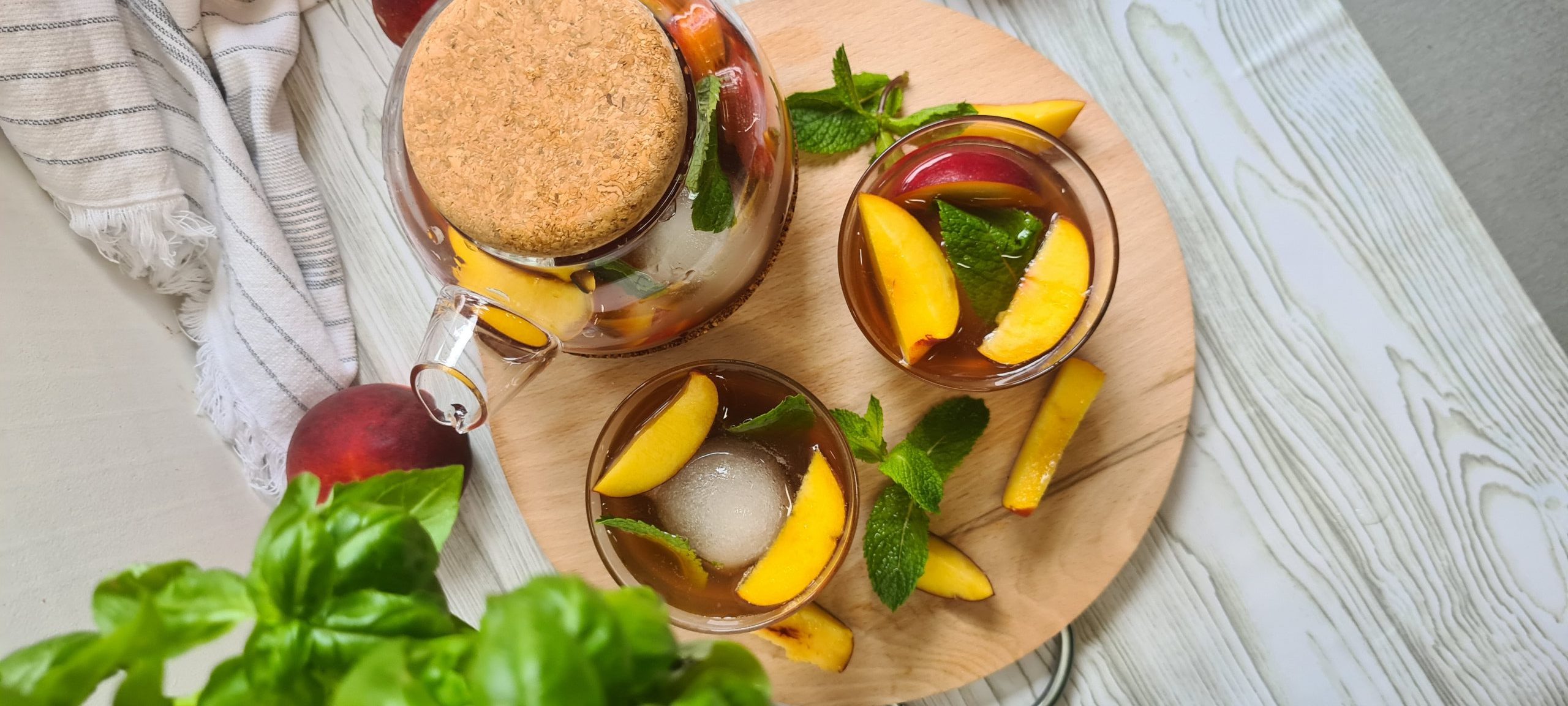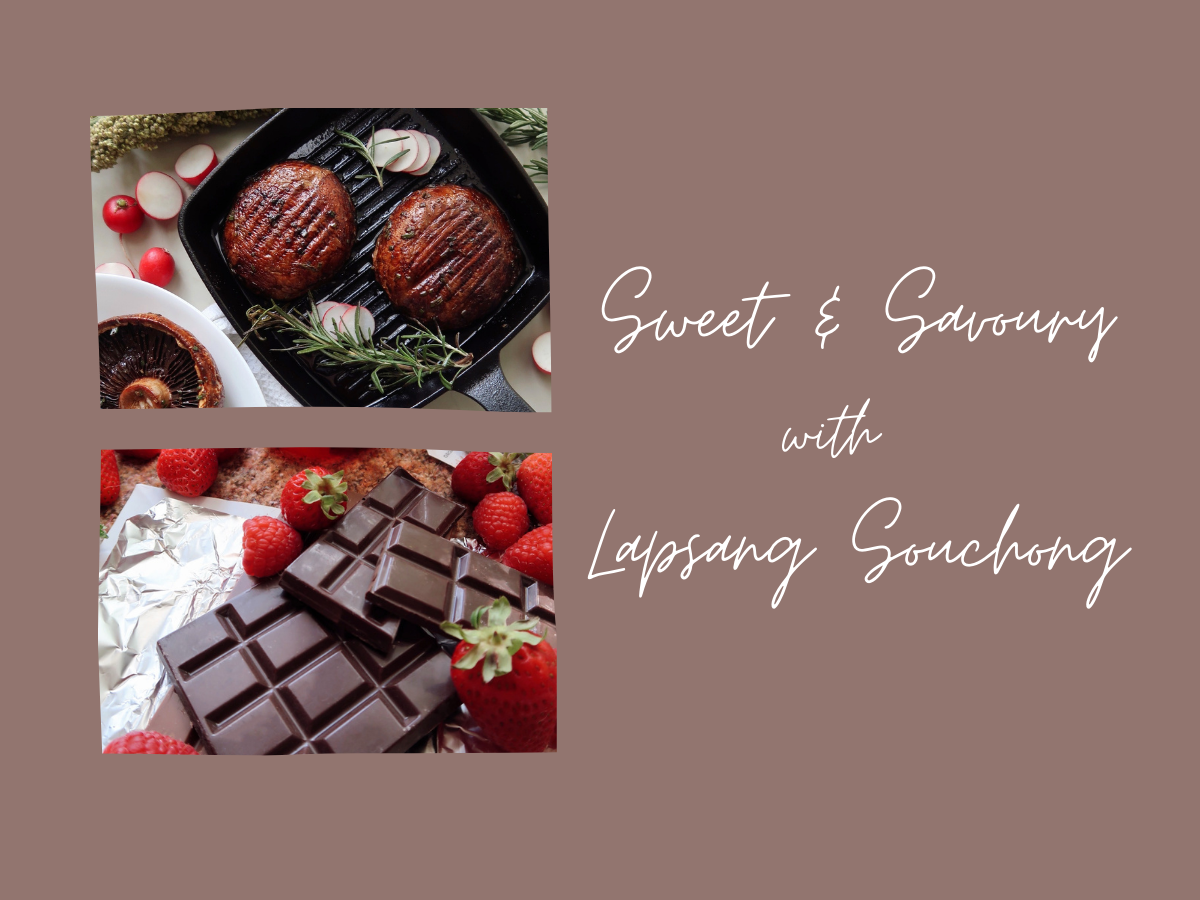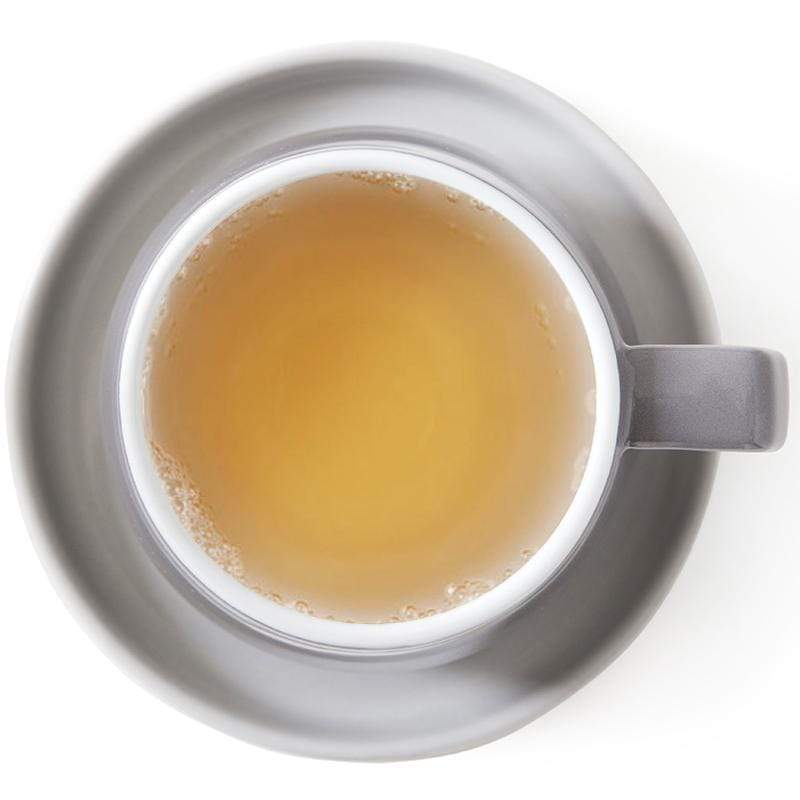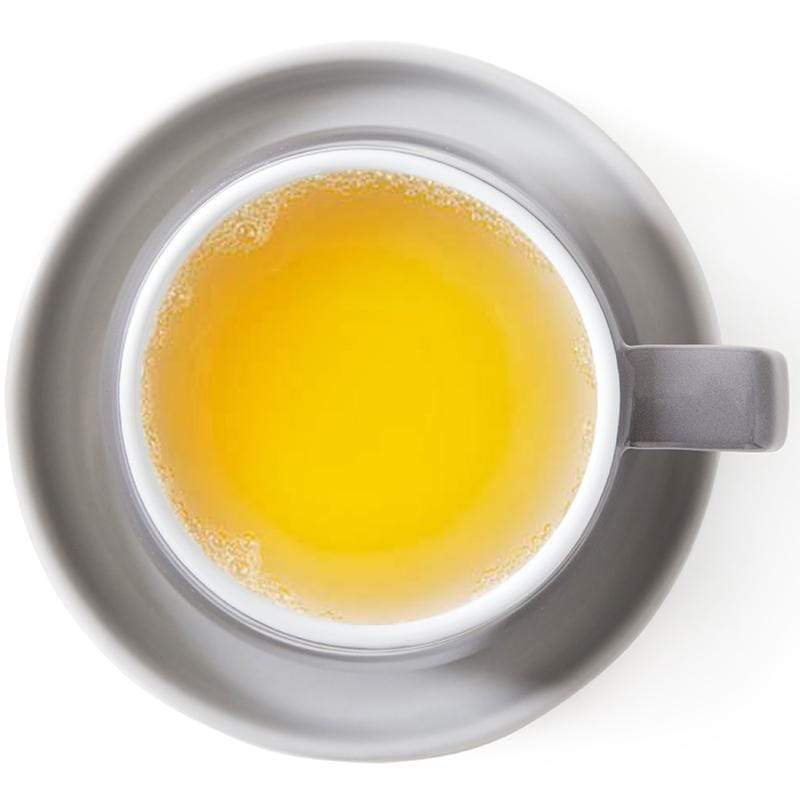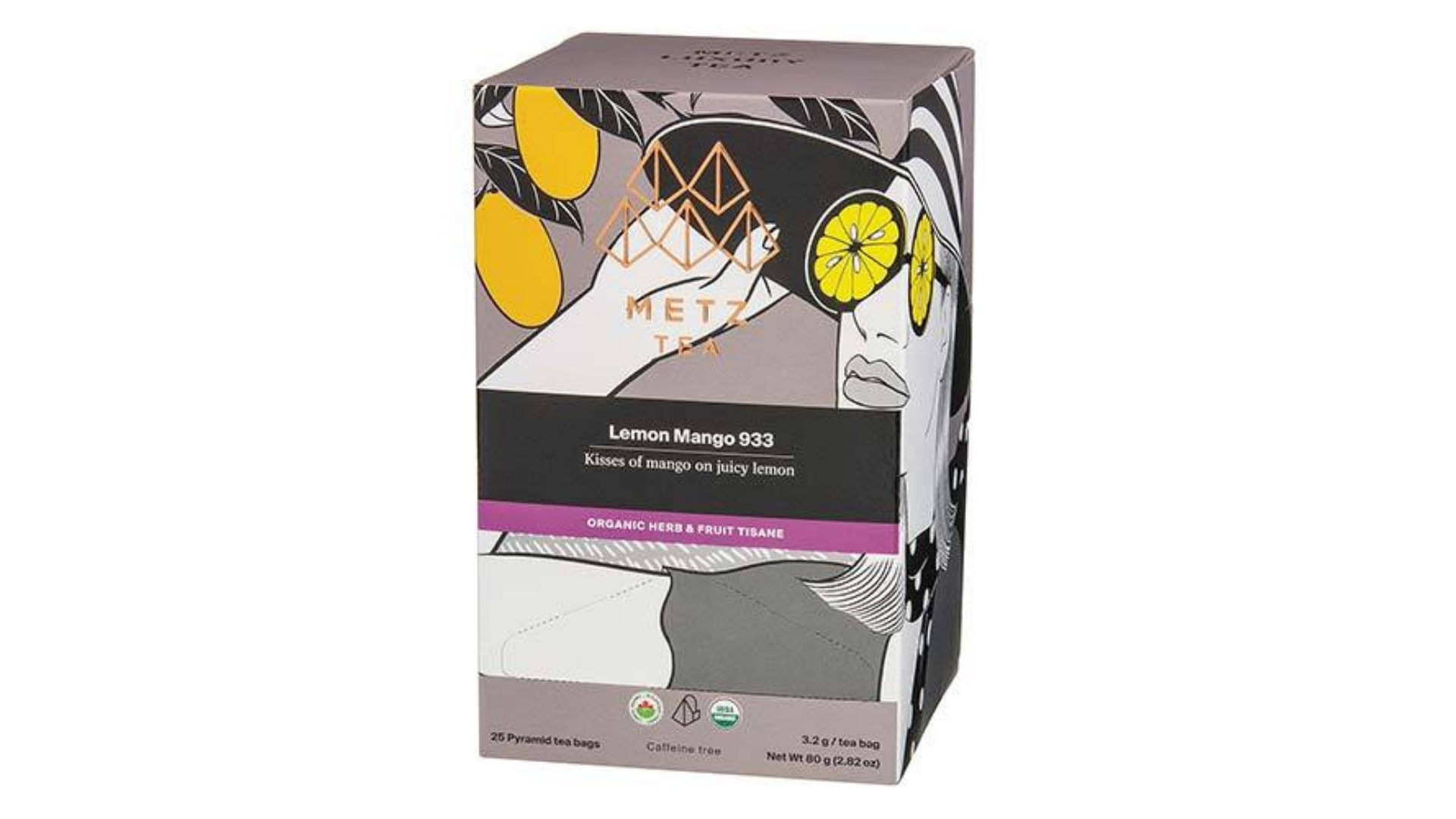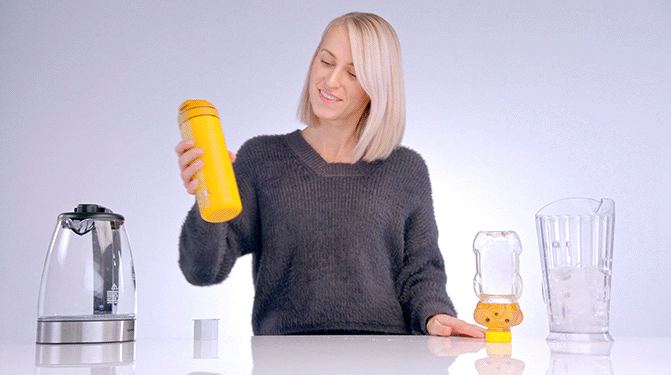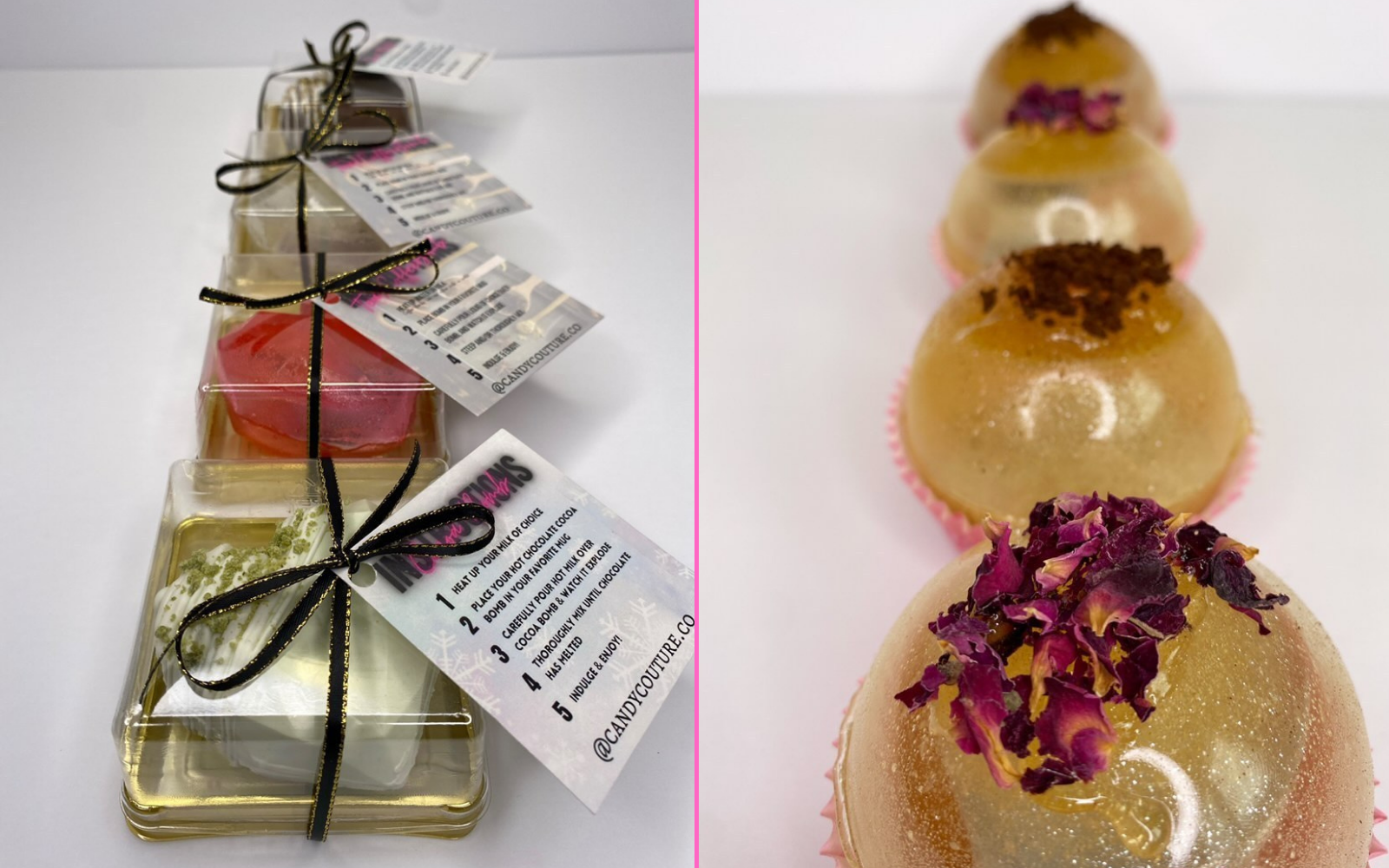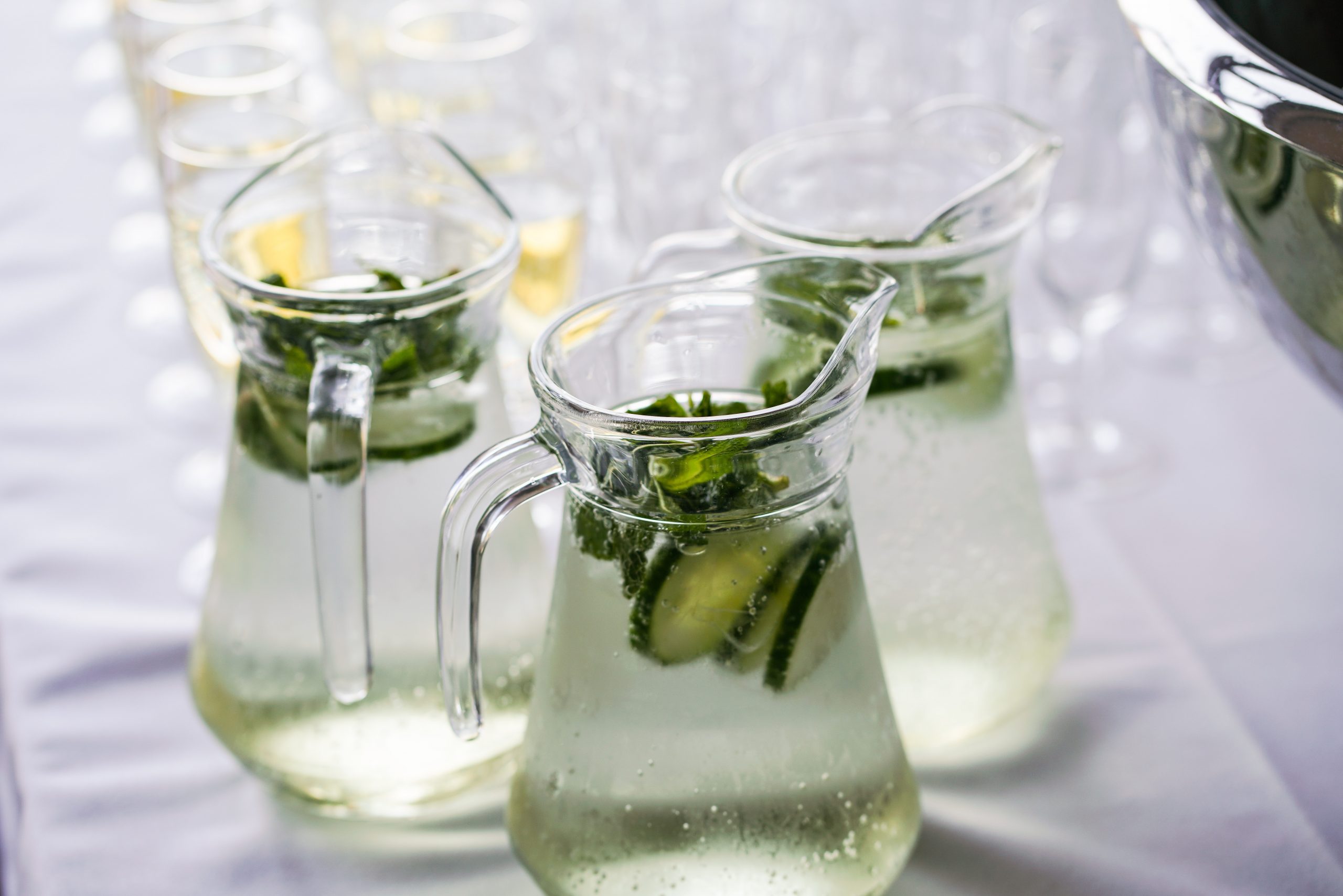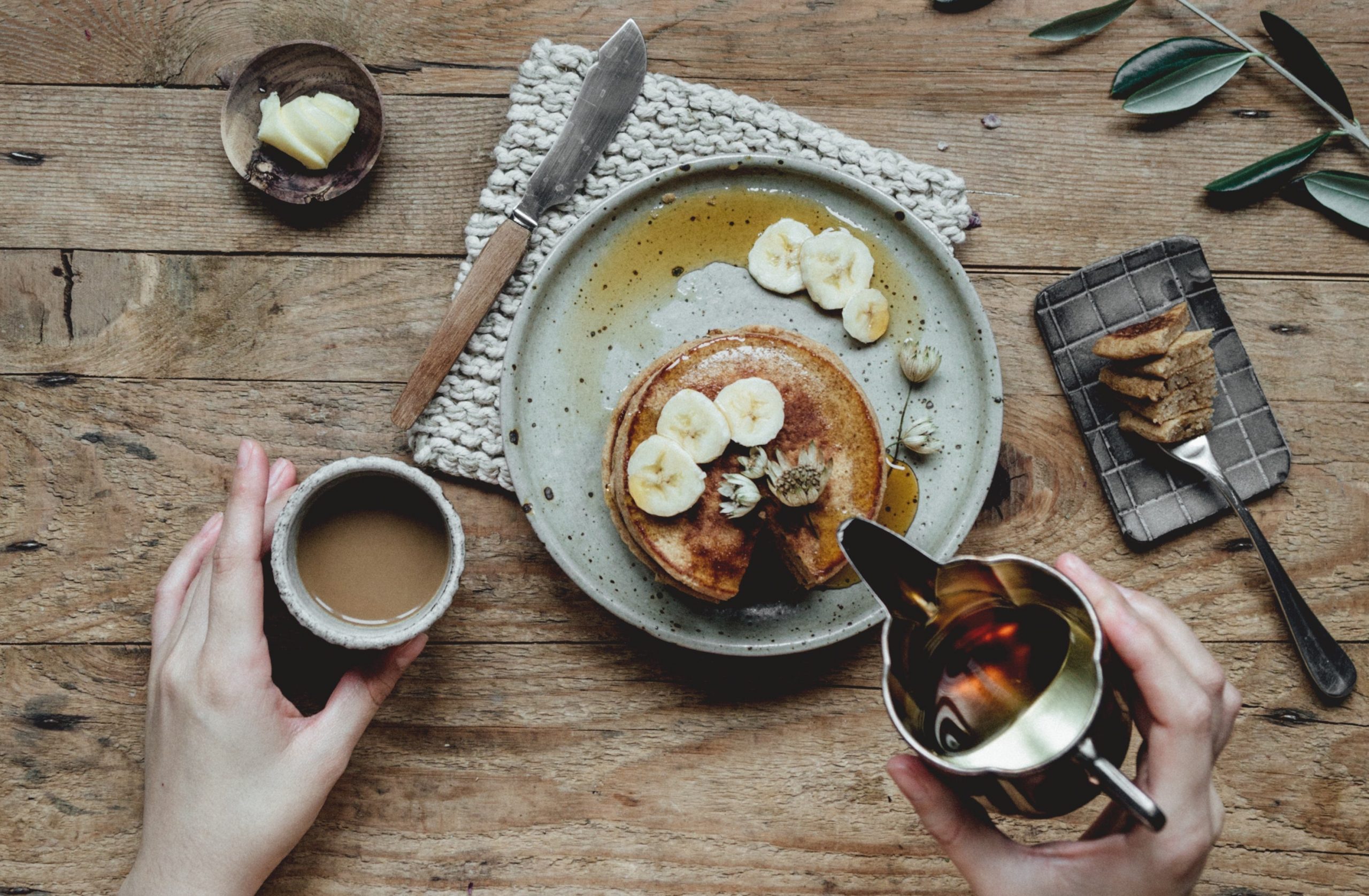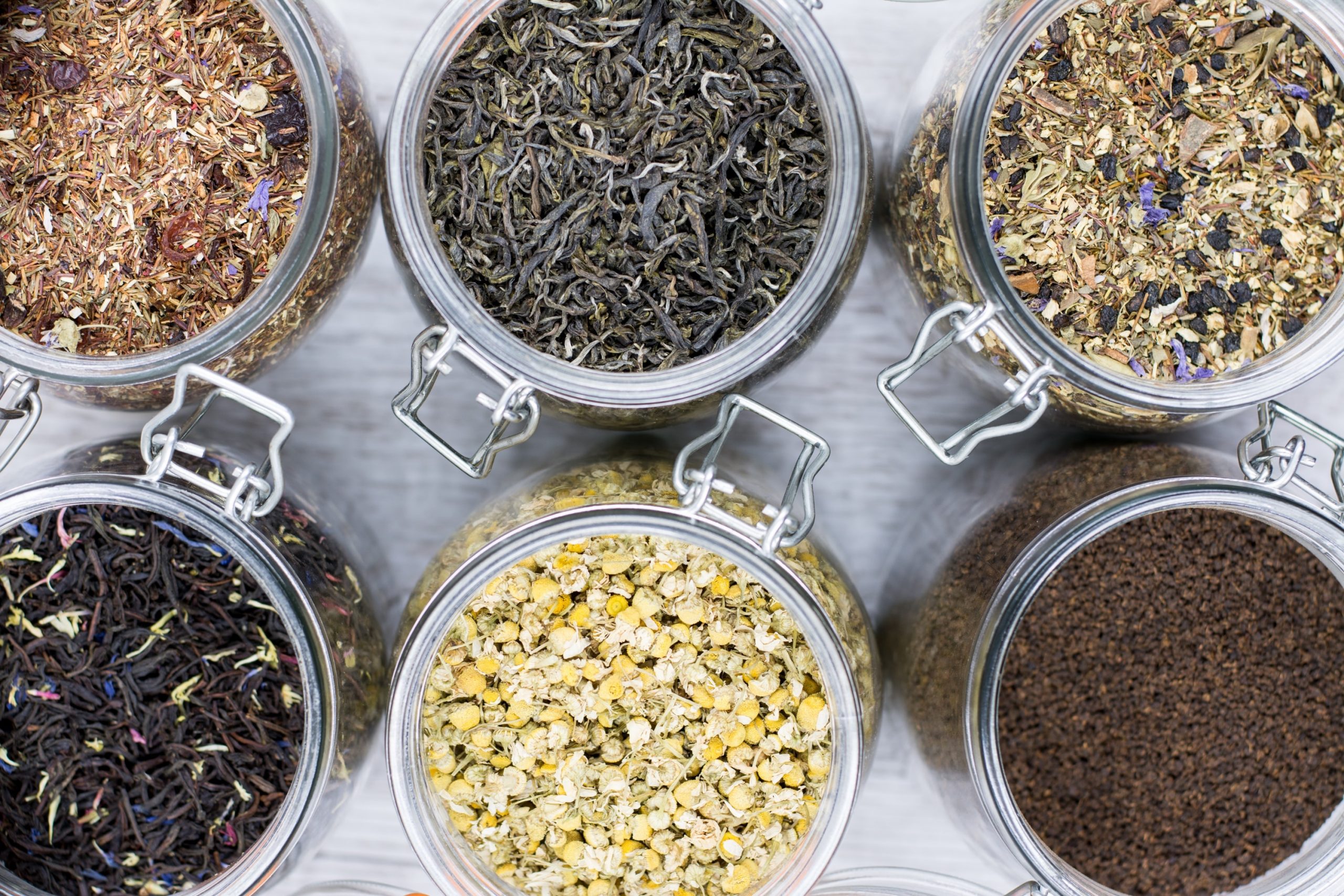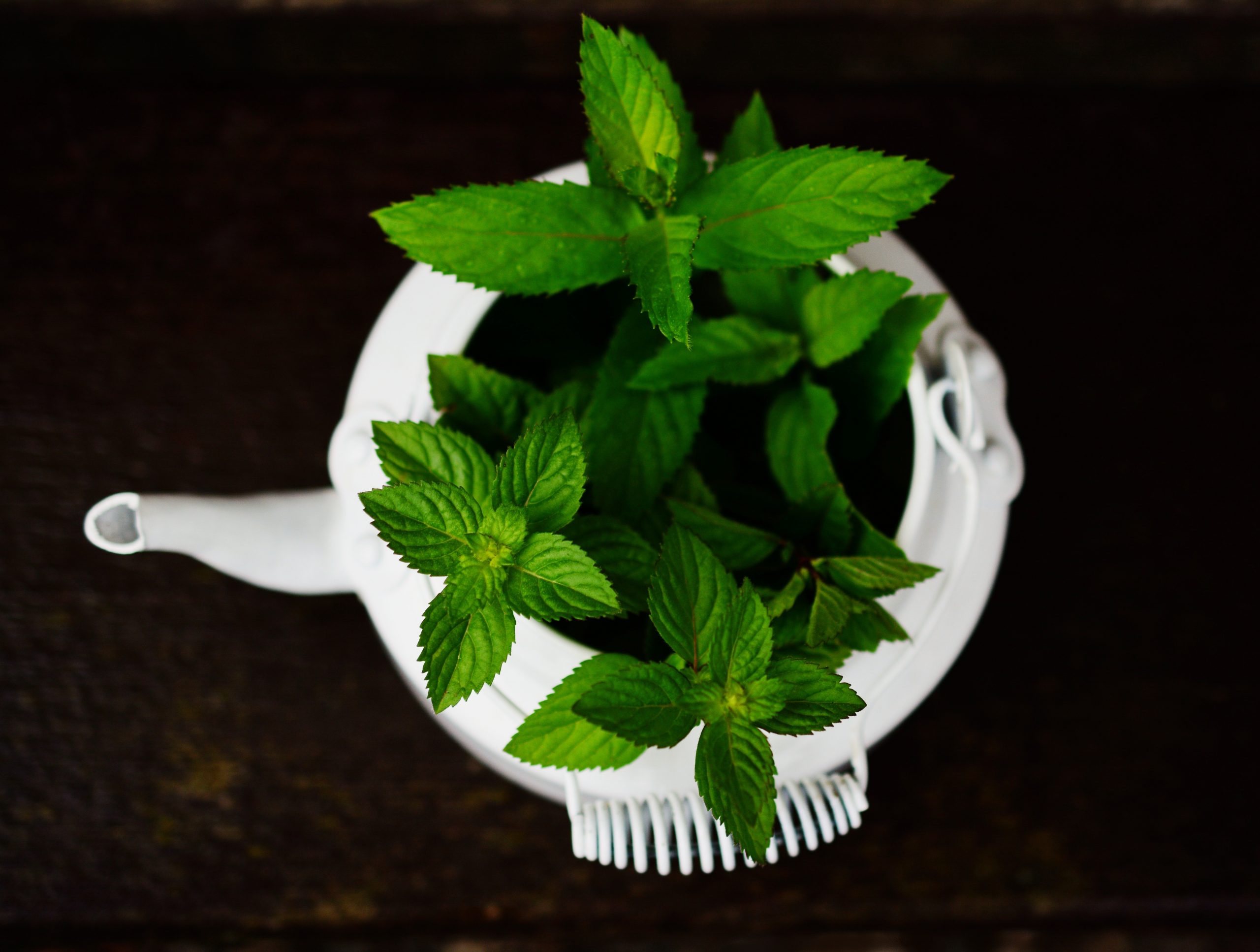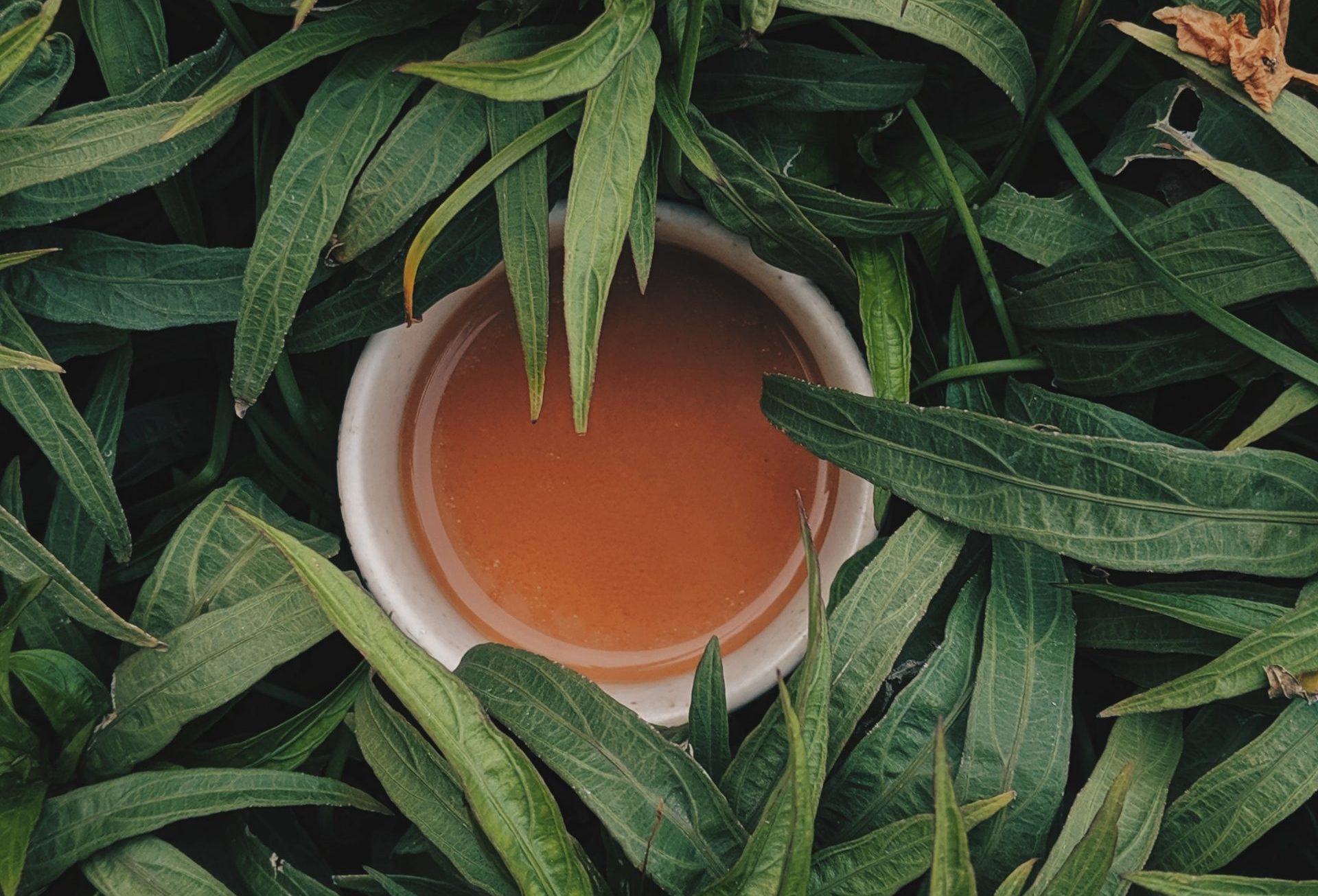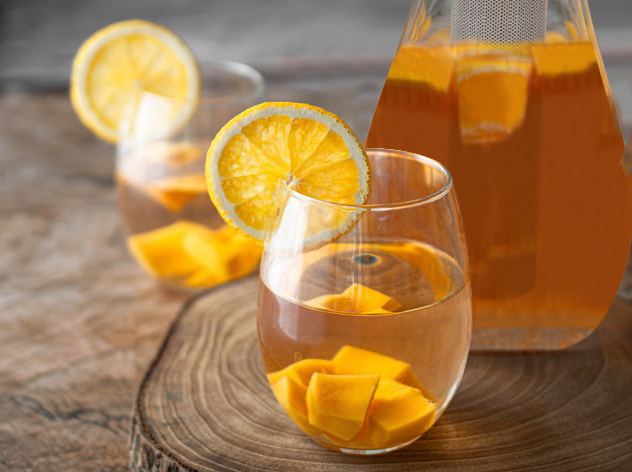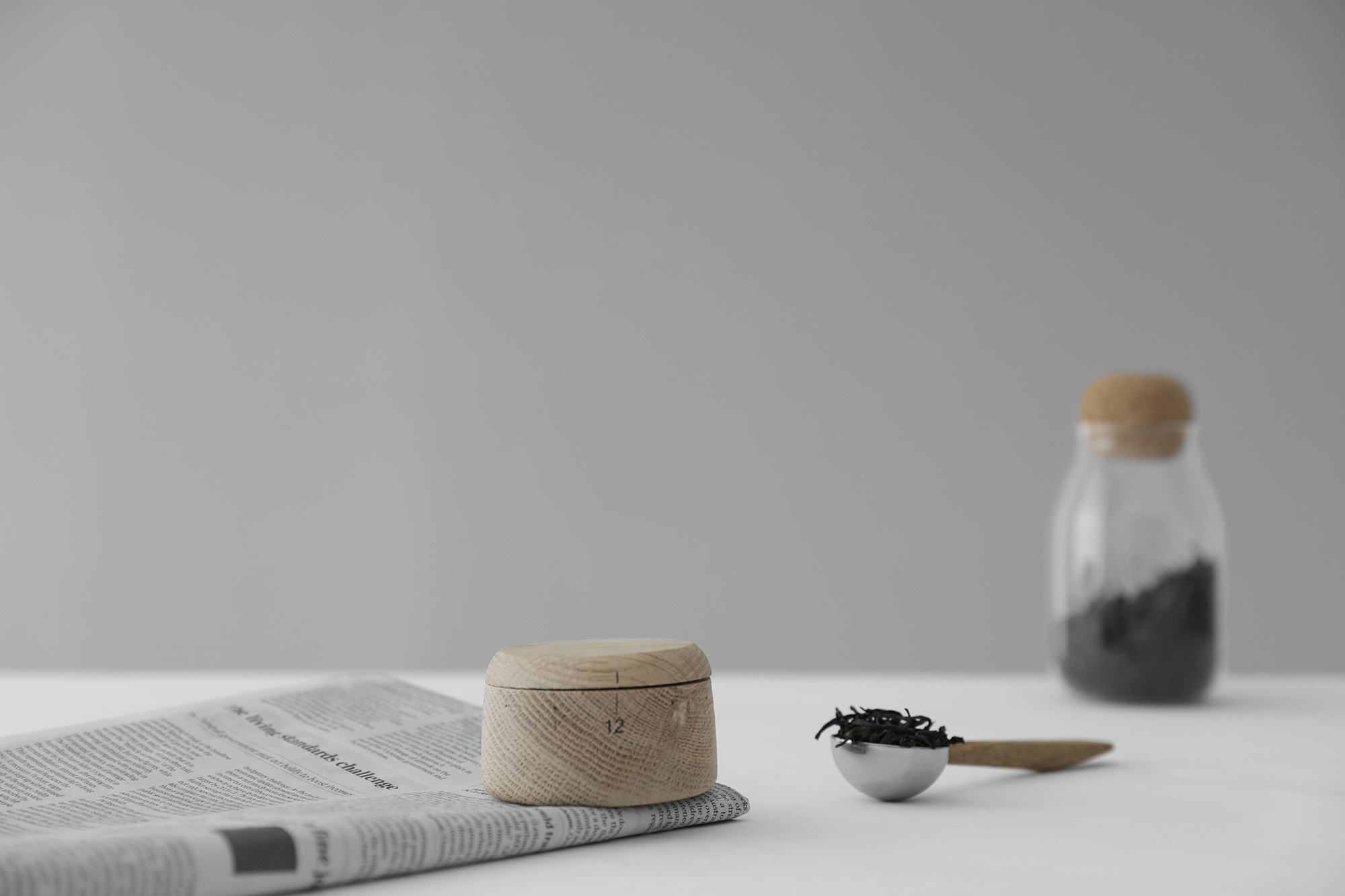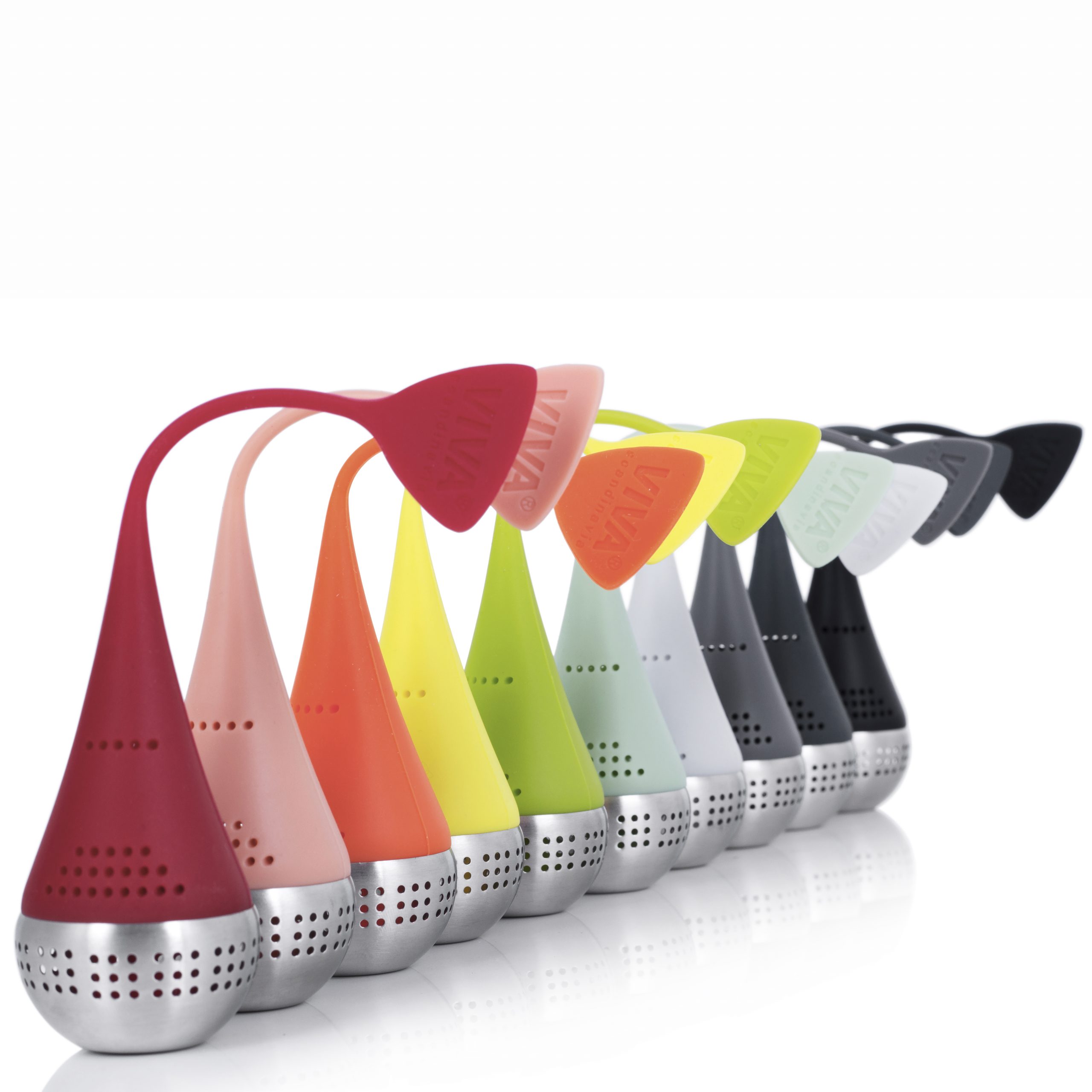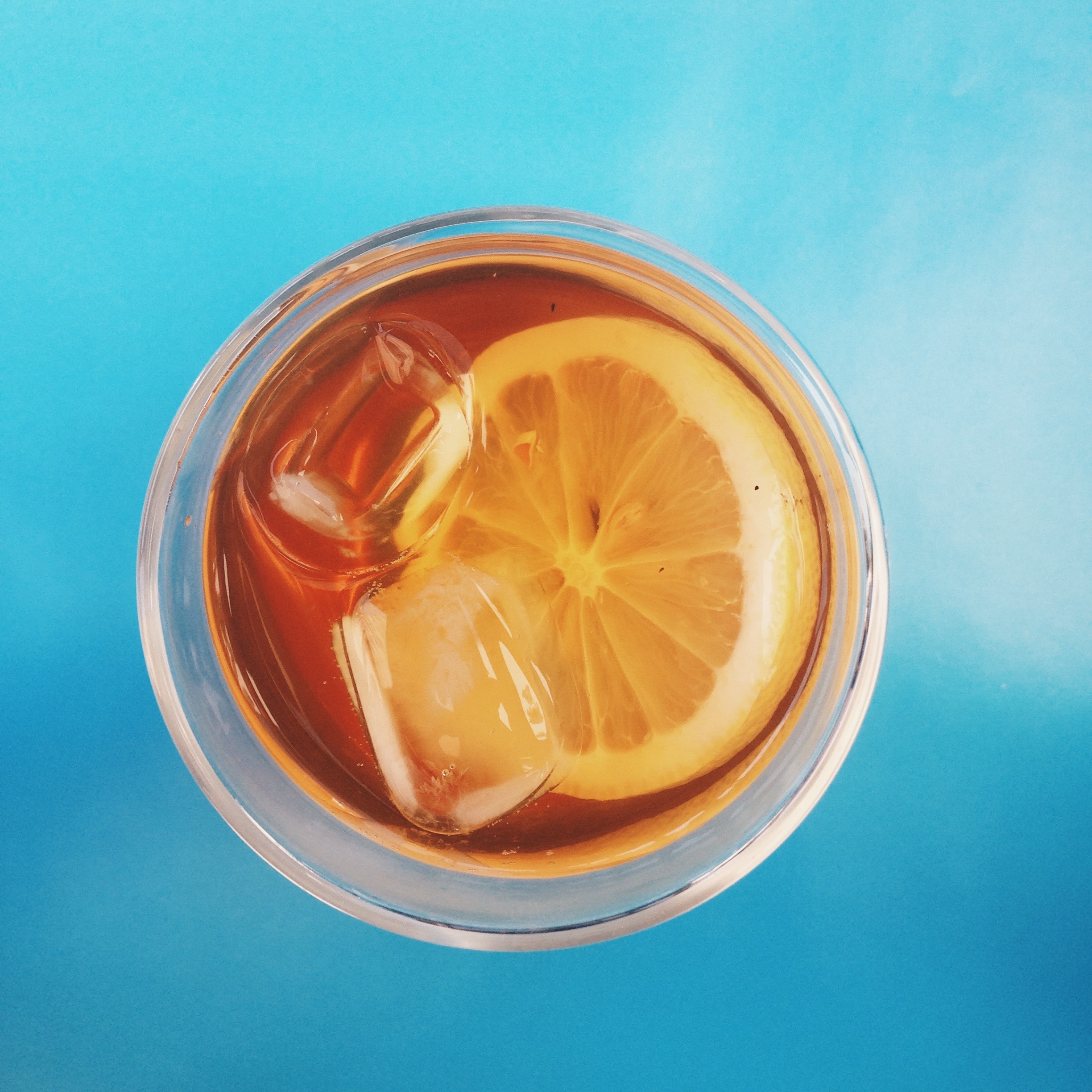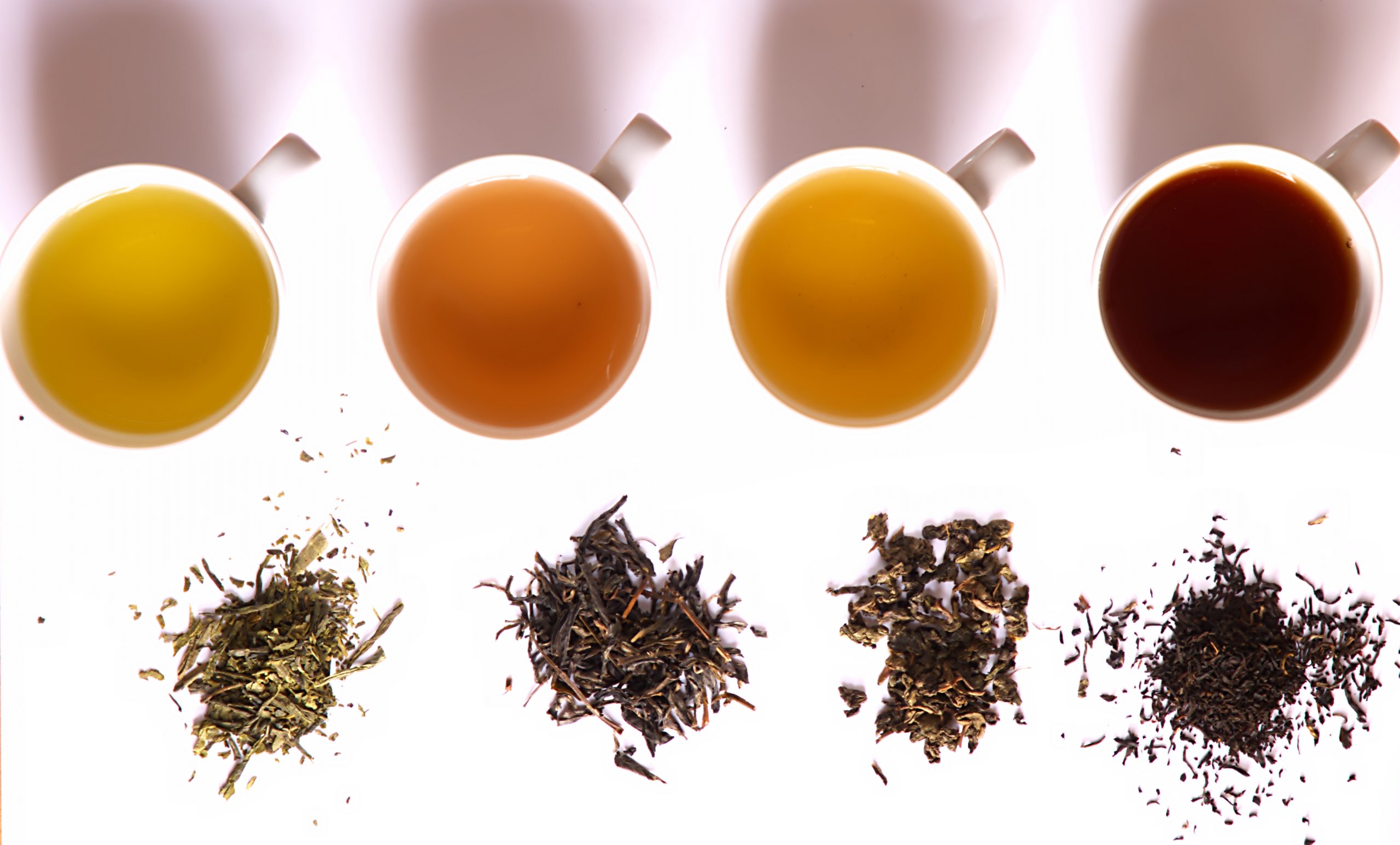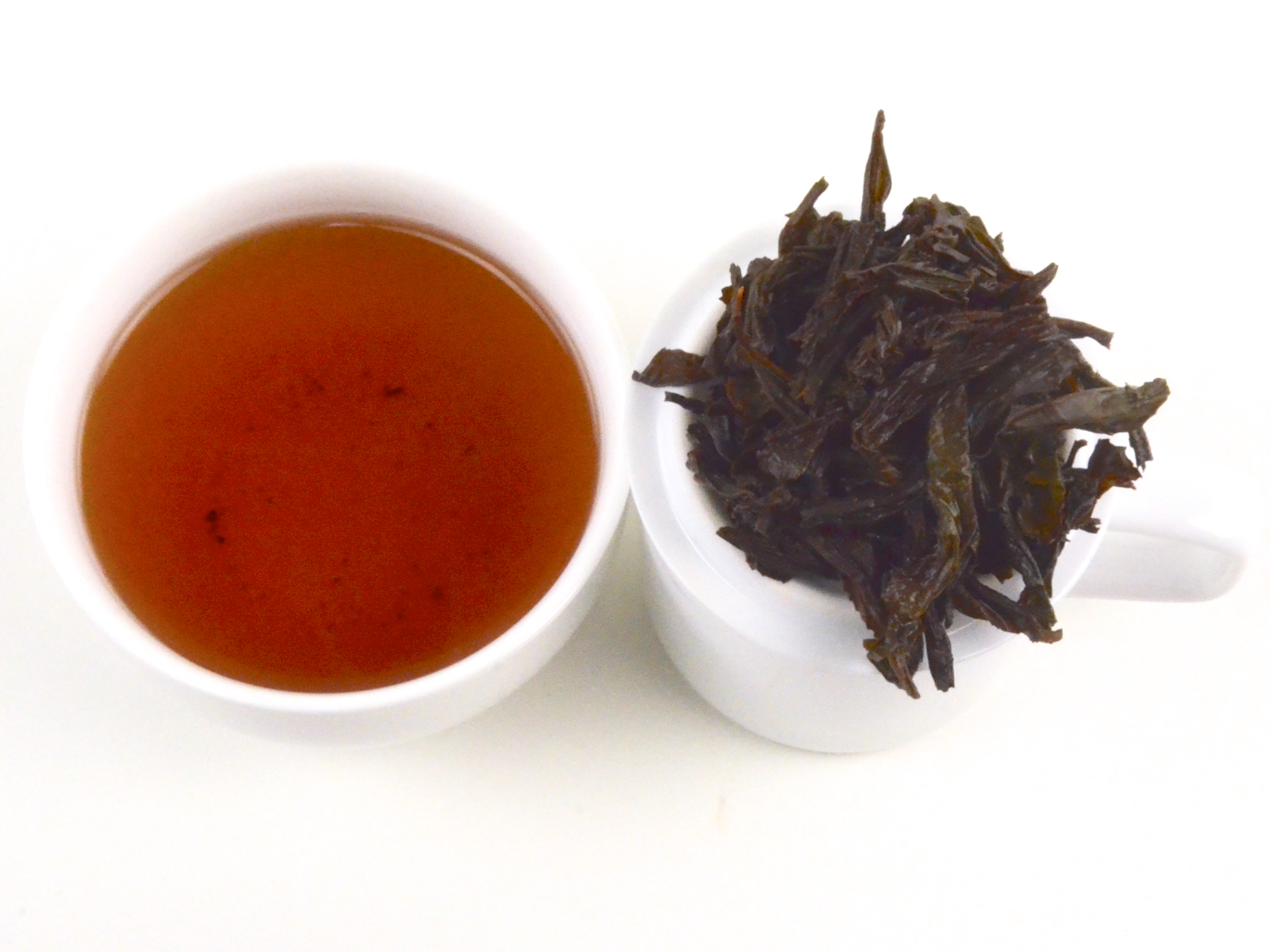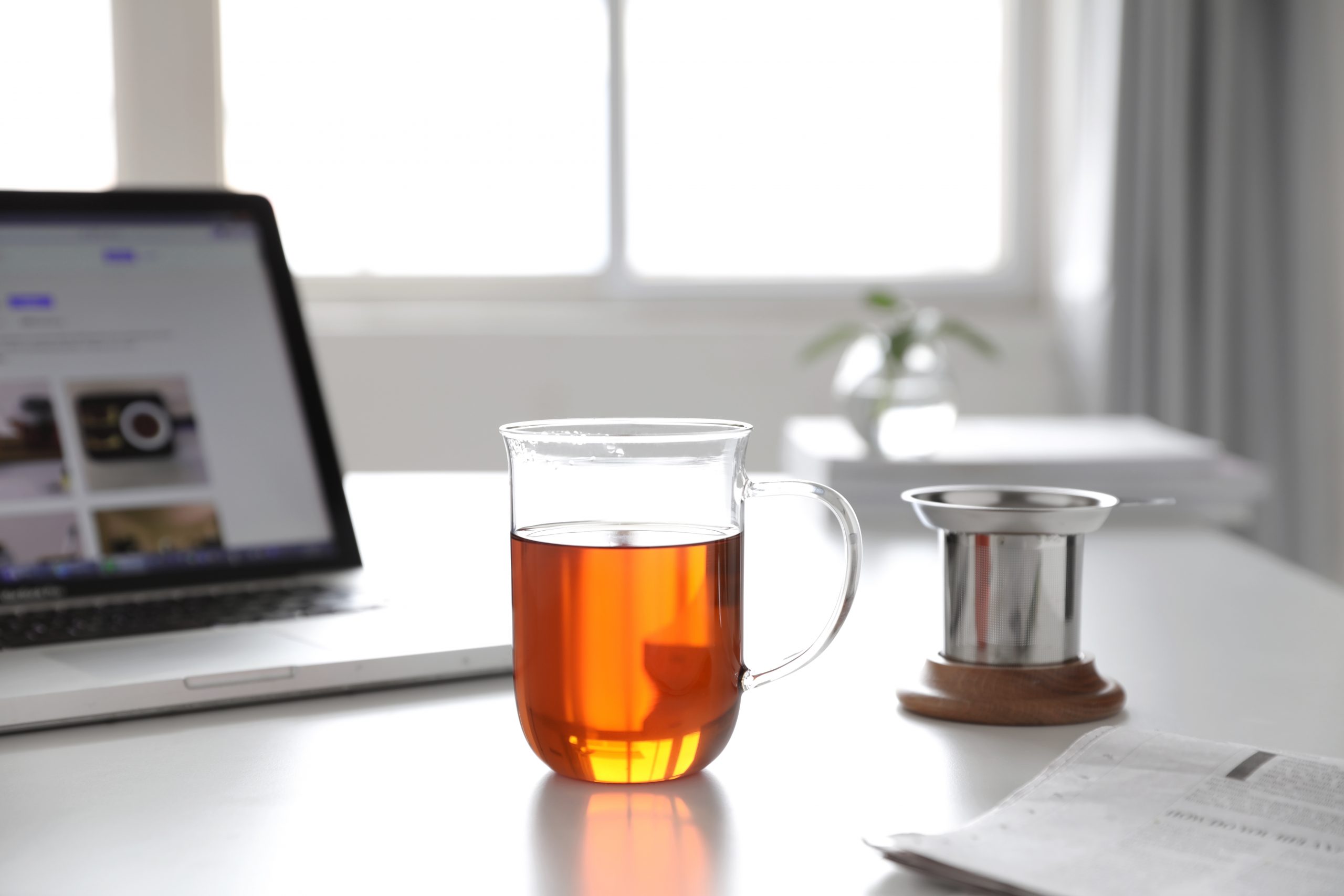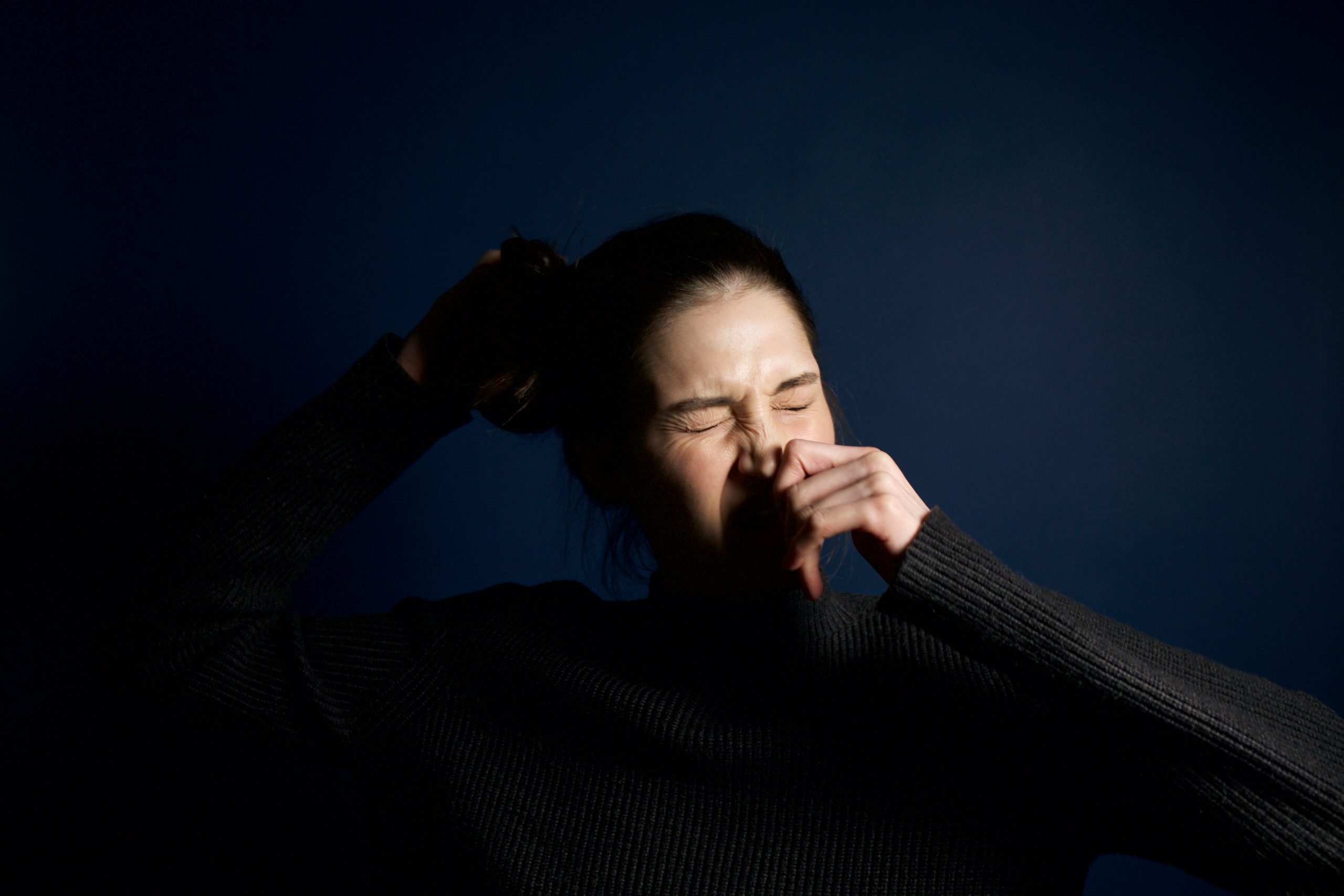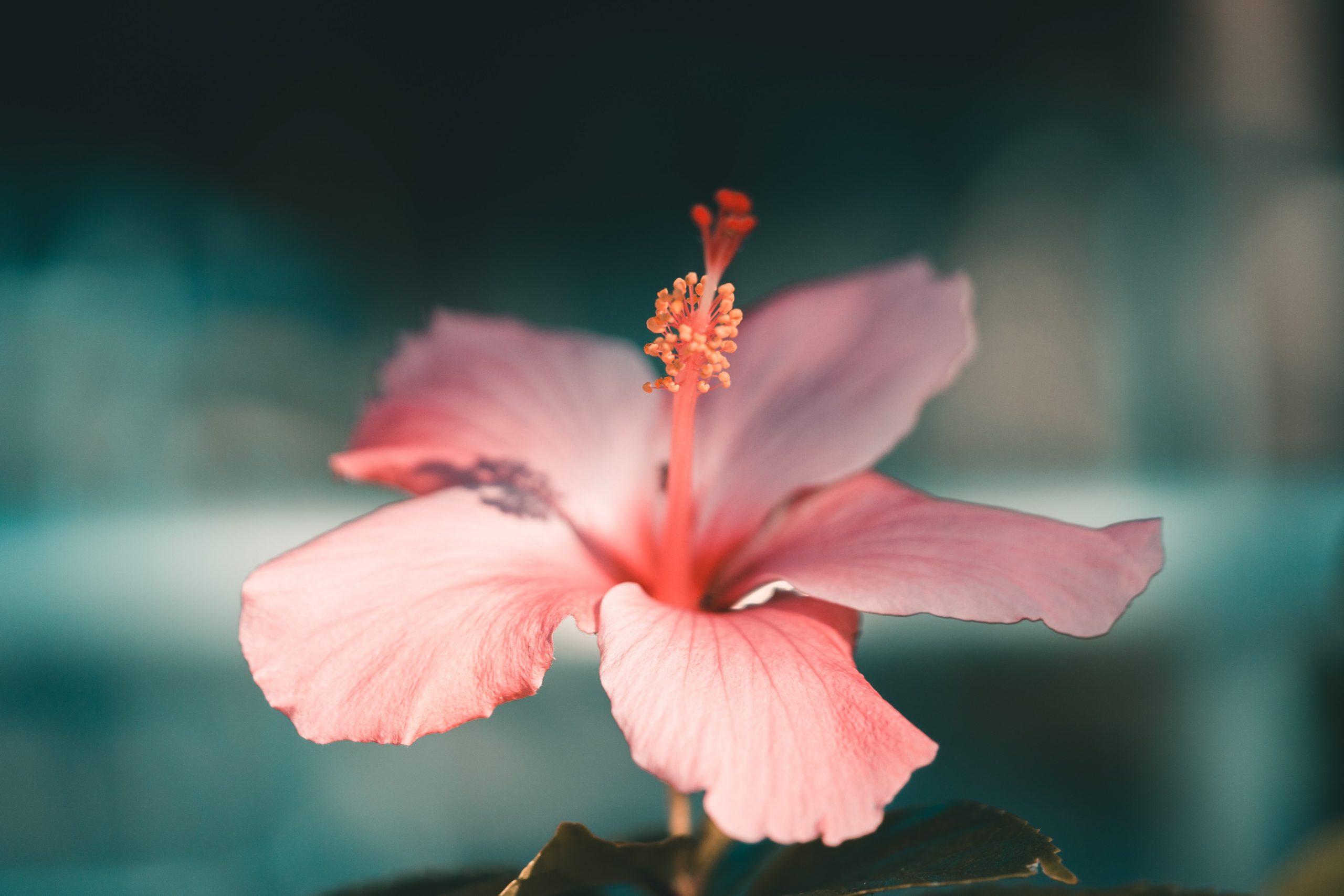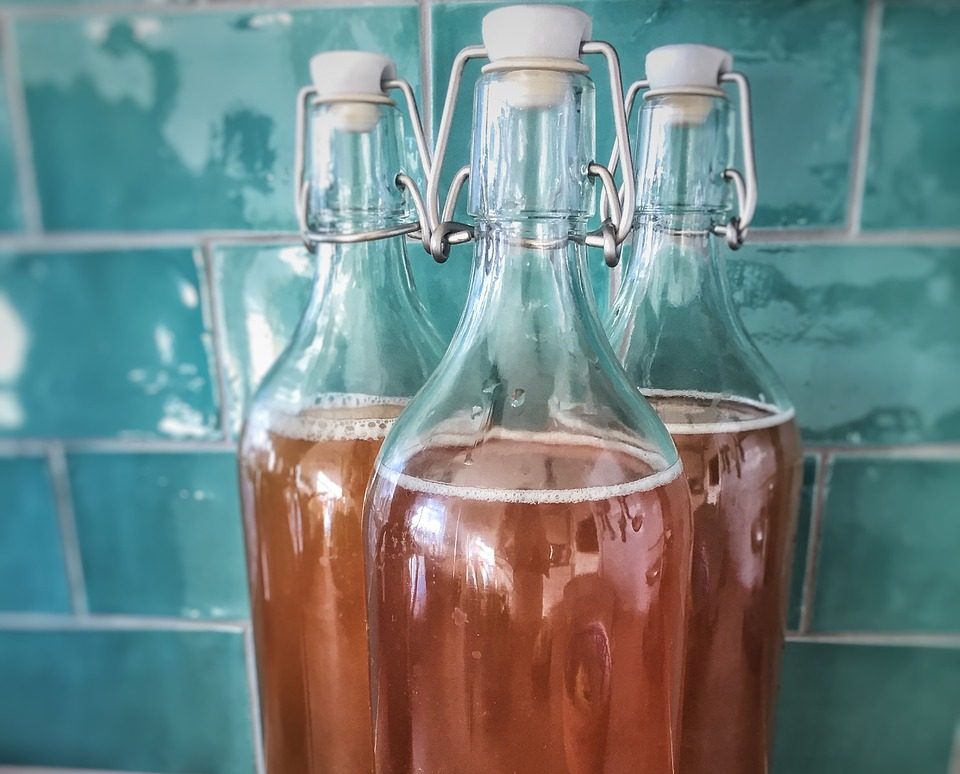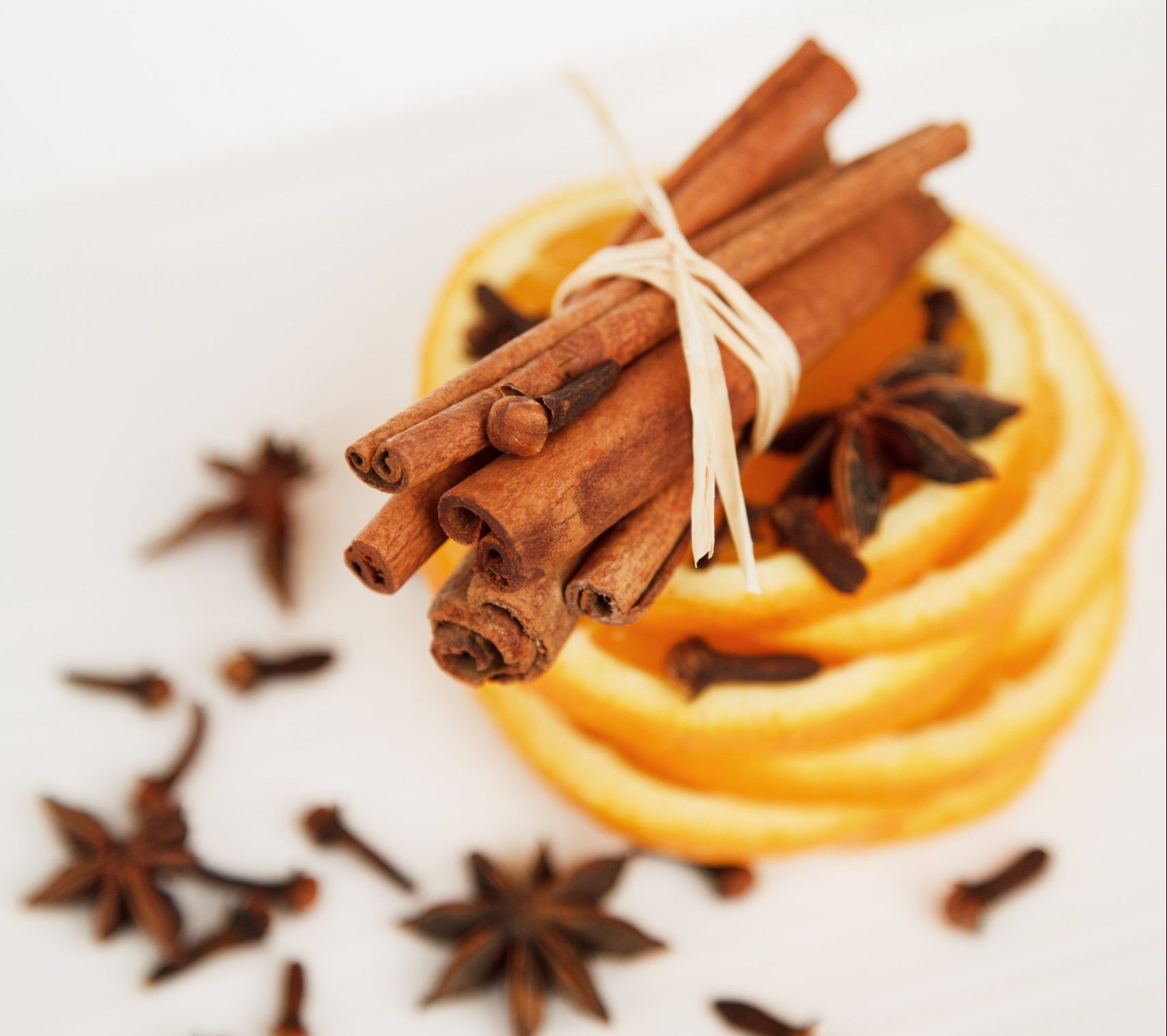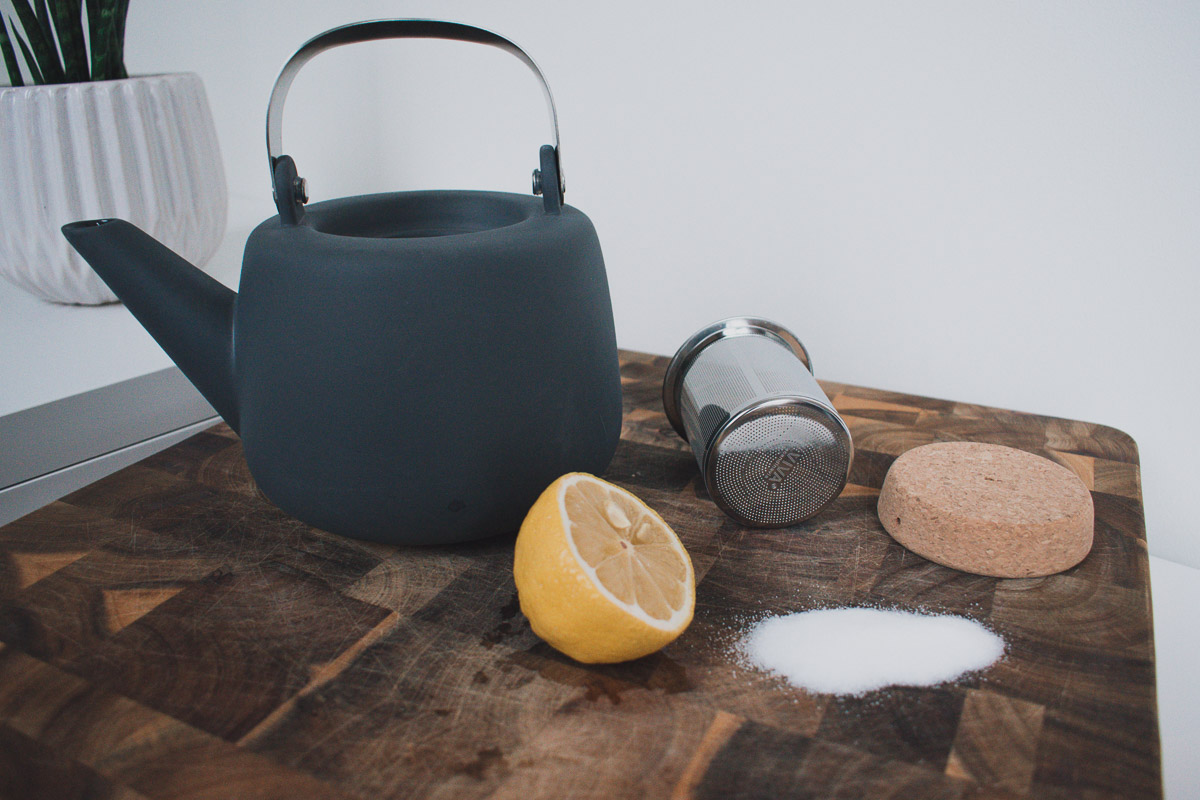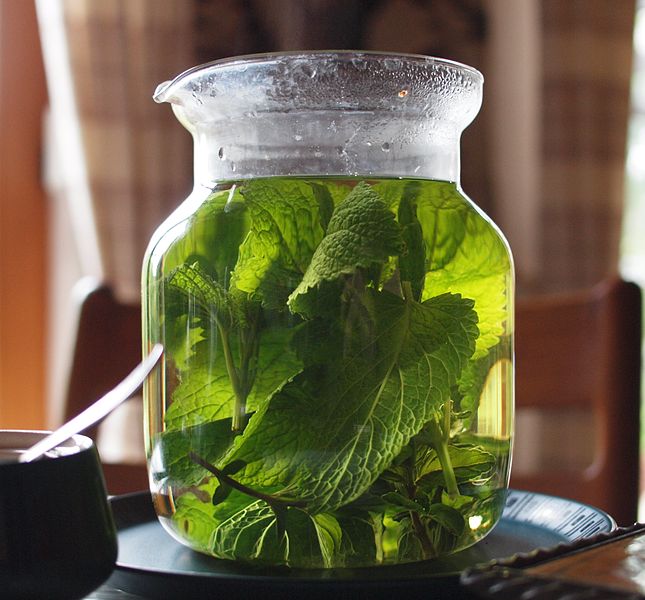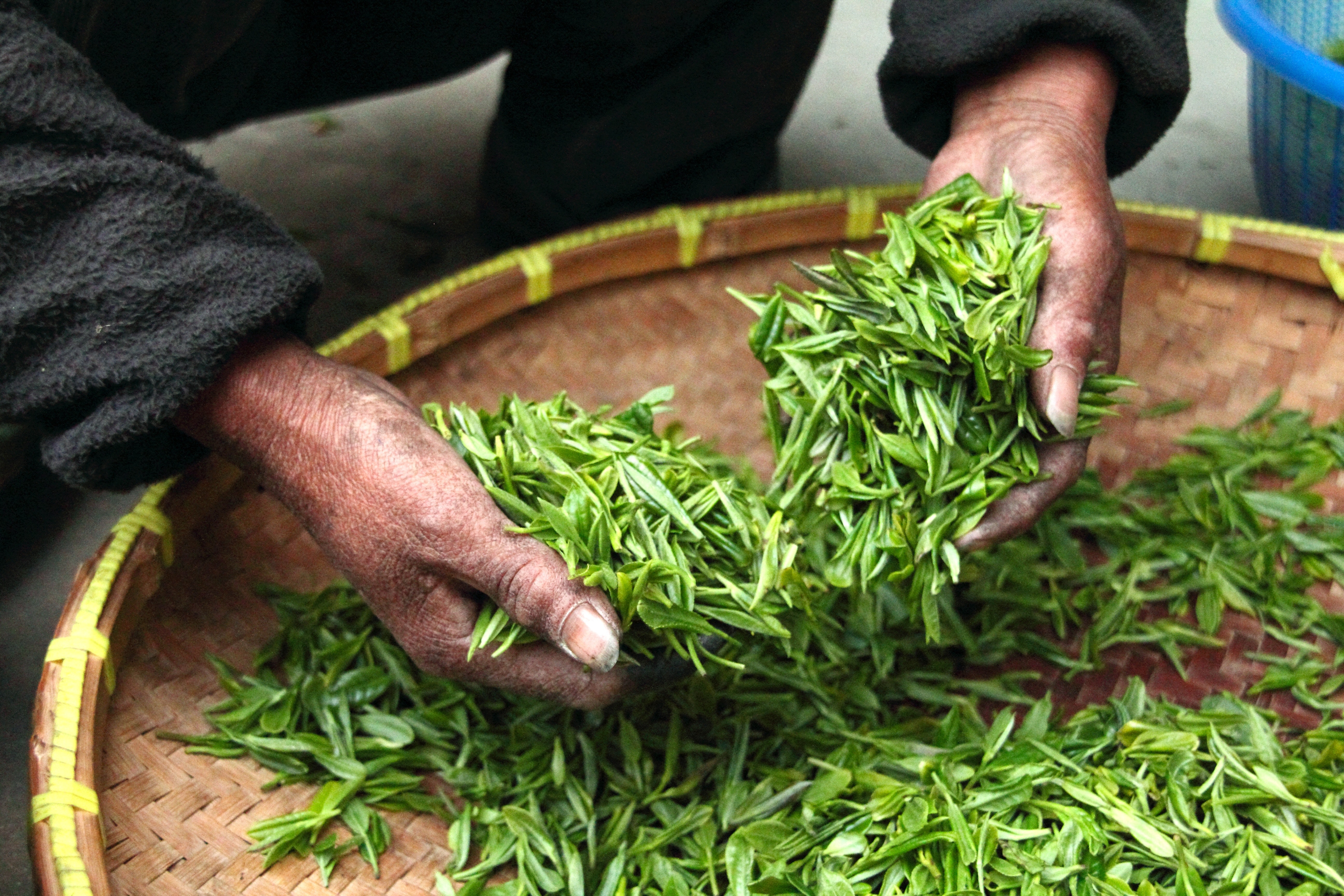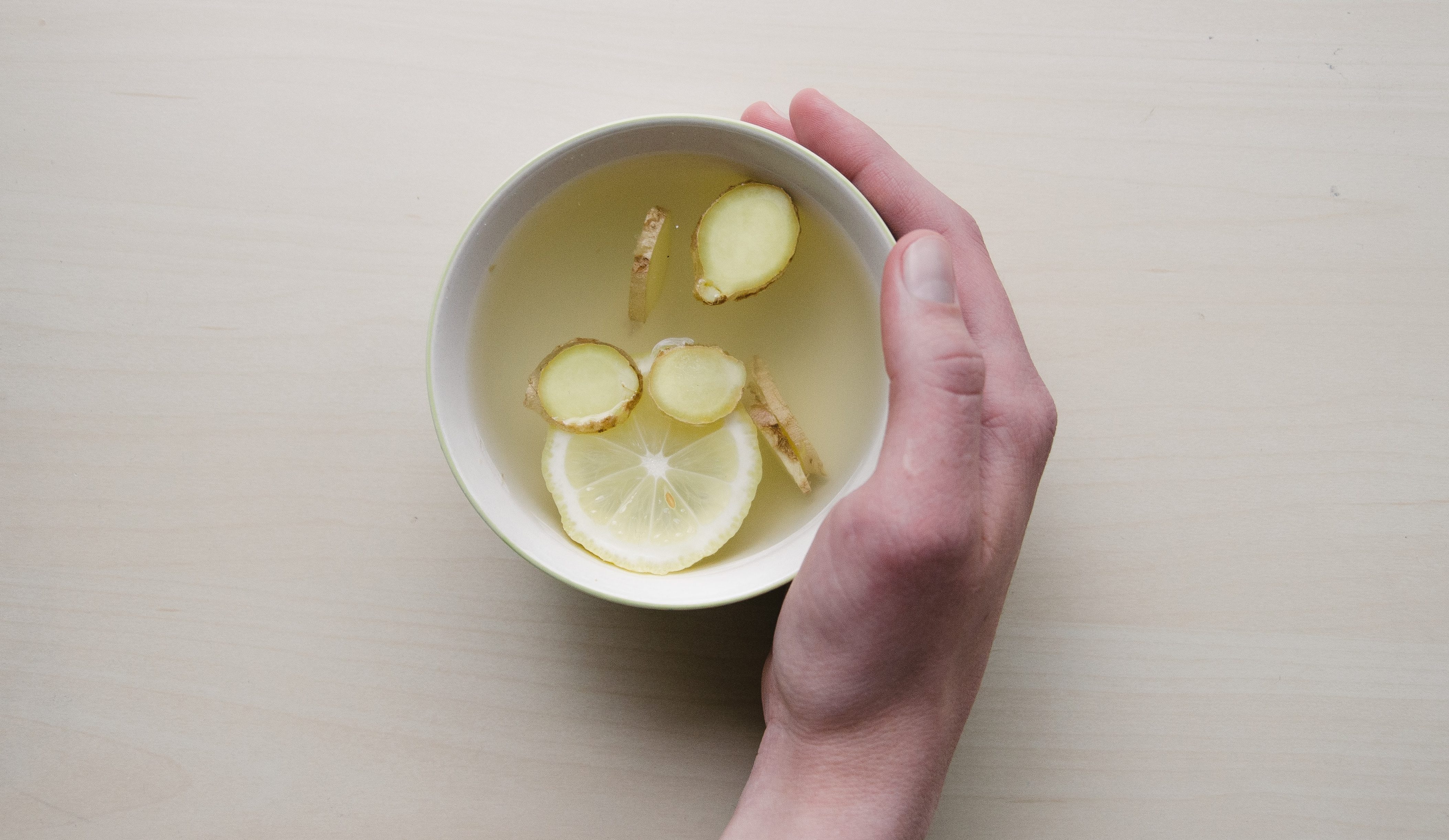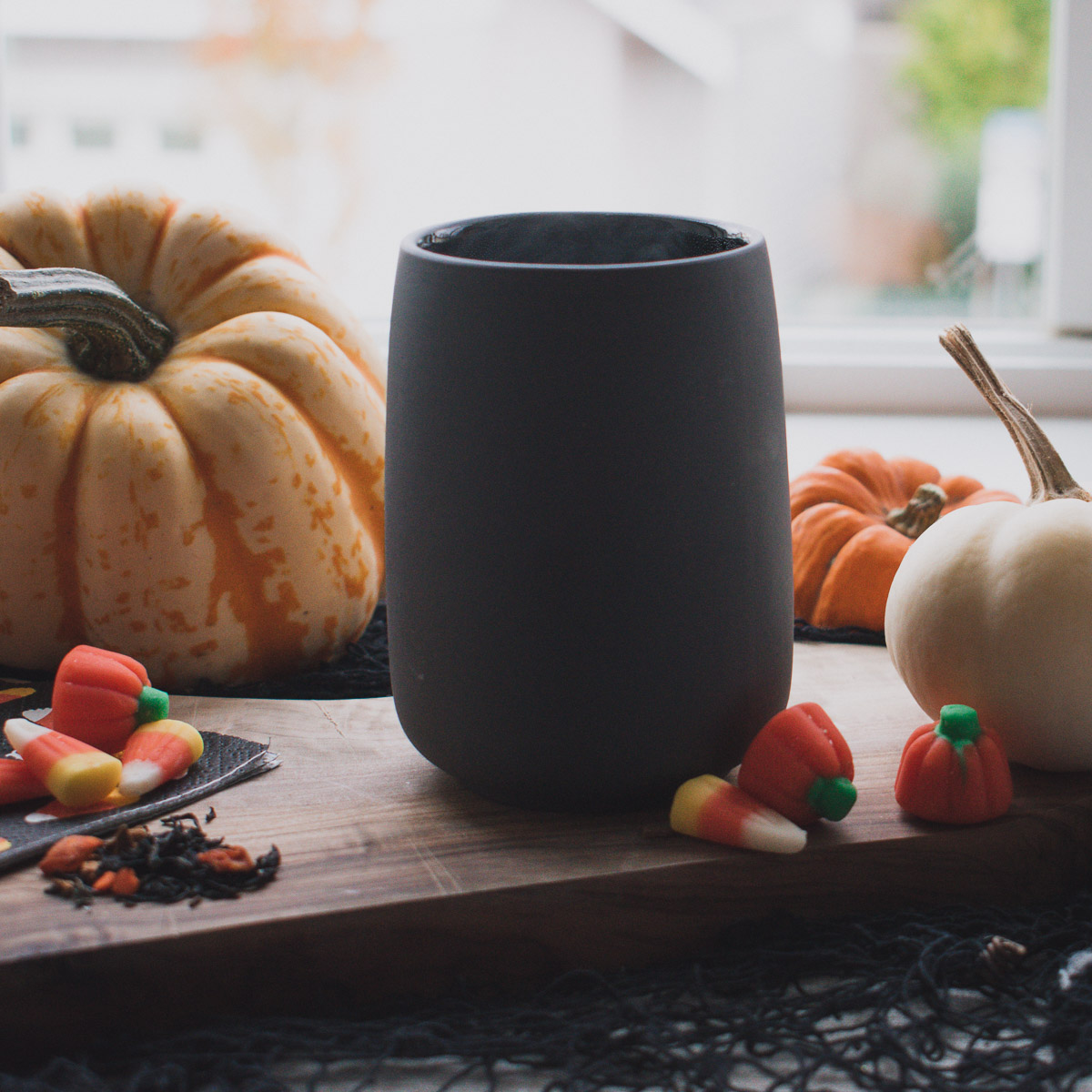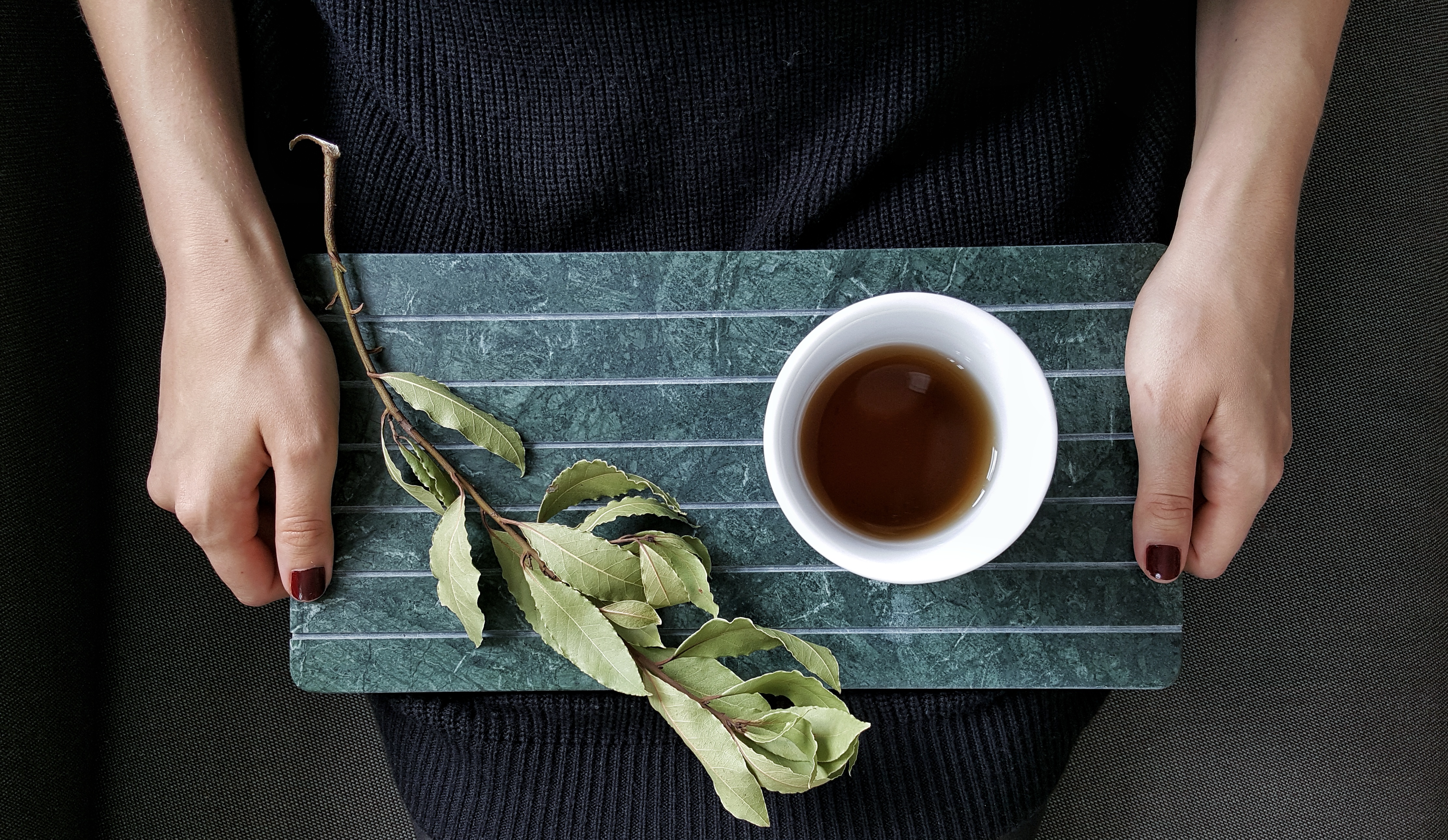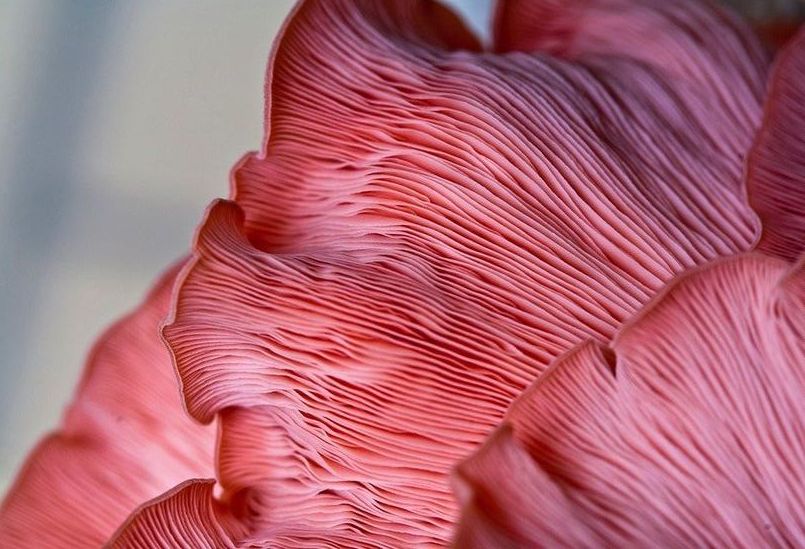Is this scenario familiar? You rummage through your cupboard and come across a box of tea with a best before date of 10 months ago or you find a tin of loose leaf tea and wonder, “When did I buy this?” and “Is it safe to drink?”
Tea is a dried leaf product so it won’t go bad, according to Shabnam Weber, president Tea and Herbal Association of Canada. A ‘best before’ date on the package refers to the date that the tea is most fresh and therefore the tastiest. You can still drink tea safely after this expiry date, it simply won’t taste the same.
But we have some easy tips for storing your tea that will extend its flavour freshness.
Why is the way you store tea important?
All teas come from the leaves of the same plant – camellia sinensis for tea nerds. Transforming the leaves into the tea that you brew is a multi-step process. In one step called oxidation, the leaves are exposed to oxygen, which darkens the leaves giving the tea a more intense flavour and aroma. The longer the oxidation process, the darker the tea will be.
Improper storage can expose your tea to conditions that will cause further oxidation of the tea leaf causing it to lose its taste and smell.
The taste and freshness of darker teas will last longer as opposed to lighter teas, such as green and yellow teas, which have a lower level of oxidation and will lose their flavour a lot sooner.
Either way, you will want to protect your product with proper storage.
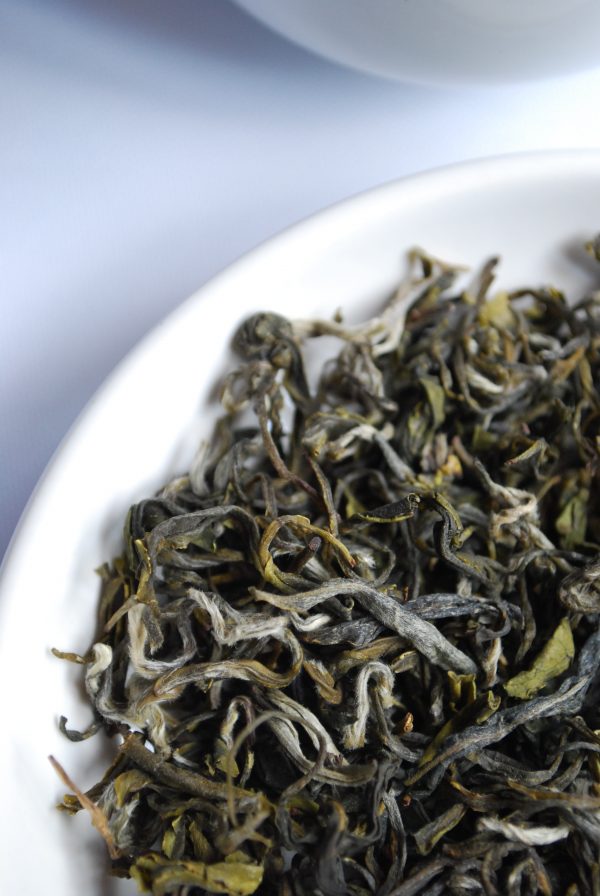
Factors to consider in tea storage
“The enemies of tea are light, heat and moisture,” says Weber of the Tea and Herbal Association of Canada, “so storage should always be dry, dark and air-tight.”
Tea’s delicate quality and freshness can be affected by the following conditions:
- Aroma: Tea leaves absorb odours easily so kitchen ingredients including strong smelling spices, coffee and garlic can interfere with the taste and smell of your tea.
- Humidity: Tea leaves release their flavour when they are in contact with water. If exposed to humidity while in storage, they will lose their flavour before you even pour the hot water into your mug.
- Heat: While high heat is used to stop oxidation during the fermenting process, low heat can have the opposite effect and accelerate the oxidation process.
- Air: Continued exposure to oxygen will also accelerate the oxidation process, which will further degrade the quality of the leaf.
- Light – Exposure to light can cause the leaf to lose the essential oils that gives the leaf its taste.
How long does tea last?
Depending on how well you store it, some teas can stay fresh for as long as six to 12 months, says Weber. With that in mind, here are a few tips to store tea so it keeps its aroma and flavour that made you buy it in the first place.
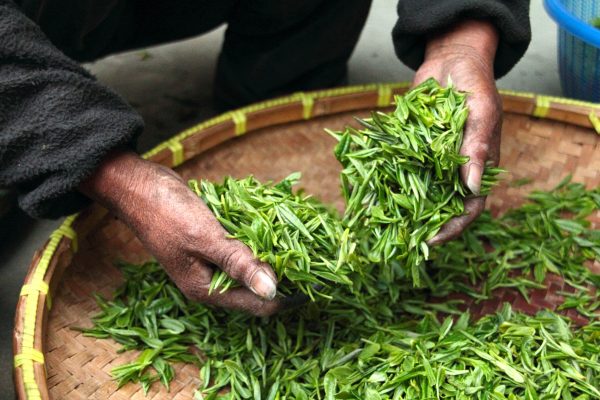
How to choose the right storage container for tea
“Tea is like the spices in your kitchen. They require the same care in storage,” says Weber. You don’t have to spend a fortune on new storage containers, but they should have a few essentials characteristics.
- Airtight lid: The quality of the tea will start to diminish as soon as it is exposed to oxygen. Transferring your tea to a container with an airtight lid as soon as you buy it will keep your leaves dry, fresh and flavourful for longer. Experts recommend a container with a small opening that will limit the amount of tea that is exposed when it the container is opened.
- Non-porous material: Weber suggests the container be made of material that is not porous such as metal to keep out strong odours.
- Opaque: Exposure to light can damage the taste of the tea leaf so an opaque container is better than a glass one.
CORTICA™ Glass Tea Jars, have tightly sealed cork lids for that airtight storage you need to maintain a tea’s freshness. They are made of non-porous borosilicate glass which both locks out foreign flavours and makes the jars more durable. The CORTICA can be purchased individually in three sizes: 7-ounce, 17-ounce and a larger 24-ounce jar. You can also purchase a set of three smaller-sized jars measuring 3.5 ounces each, which come with a bamboo stand to keep your tea selection well-organized. They are compact and perfect for storing smaller quantities of loose leaf tea.

Tightpac canisters are plastic and have a unique vacuum seal system built into the lid. When you press the button, air is released removing any excess oxygen to keep the tea leaves fresher for longer. Their TEAVAC product is especially made for tea and can hold 6 oz. of product. It is made of plastic that is lightweight making it ideal for taking your favorite brew with you when you travel.
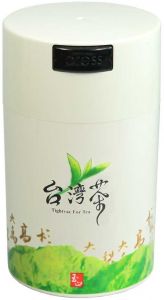
How to choose the right place to store your tea
- Temperature: Tea should be stored at room temperature, ideally between 20C and 25C. The fridge is not recommended because condensation build-up in the container or bag can seep into the tea.
- Dry: To help tea keep its flavour, it must be kept dry in a container in an area that is free from moisture and humidity.
- Away from the kitchen: Contrary to many people’s inclination to store tea in the kitchen pantry this is not ideal if it’s sharing the space with other strong-smelling staples like herbs and spices. If you think about it, the kitchen is the heart of your home and the home of the strongest smells of food. Storing your tea in a cupboard outside the kitchen will help the tea retain its flavour.
Less is more
To ensure the freshest brew, buy only what you might drink in the near future. Most tea shops allow you to buy smaller quantities so your brew will produce the most flavour every time.
Now that you’ve figured out where and how you’ll store your tea, it’s time to put on the kettle and savour your first sip.







